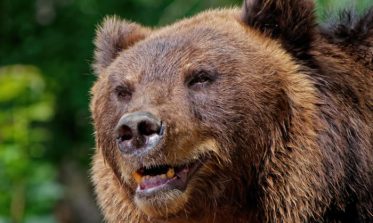
The Role of Zoos in Education and Inspiring Conservation
Zoos have long been recognized as important educational institutions, providing visitors with unique opportunities to learn about wildlife and conservation. Unlike documentaries or textbooks, zoos offer an immersive experience where people can observe live animals up close, fostering a deeper understanding and connection with nature.
Educational programs in zoos are designed to reach a wide audience, from young children to adults, emphasizing the importance of biodiversity and the need for conservation efforts. Many zoos offer guided tours, hands-on workshops, and interactive exhibits that teach visitors about animal behavior, ecosystems, and the challenges facing endangered species. These programs not only educate but also inspire action, encouraging visitors to make lifestyle changes that benefit wildlife and the environment.
Zoos also partner with schools to provide field trips, lesson plans, and resources that align with national educational standards. These programs allow students to engage with science in a practical and exciting way, sparking interest in biology, ecology, and environmental science. By seeing animals in real life, students can better understand complex concepts like food chains, habitats, and conservation strategies.
Additionally, zoos offer professional training and resources for teachers, helping them integrate wildlife education into their classrooms. These resources often include online materials, lesson kits, and workshops that focus on conservation issues and animal welfare.
Beyond formal education, zoos inspire a lifelong passion for nature. Many visitors leave with a greater appreciation for wildlife and a desire to contribute to conservation efforts. Whether through adopting more sustainable habits, supporting wildlife organizations, or simply sharing their experience with others, zoos play a pivotal role in fostering a conservation-minded public.
In a world where many people feel disconnected from nature, zoos serve as important bridges between humans and wildlife. They offer both education and inspiration, driving home the importance of protecting the planet’s precious biodiversity.
